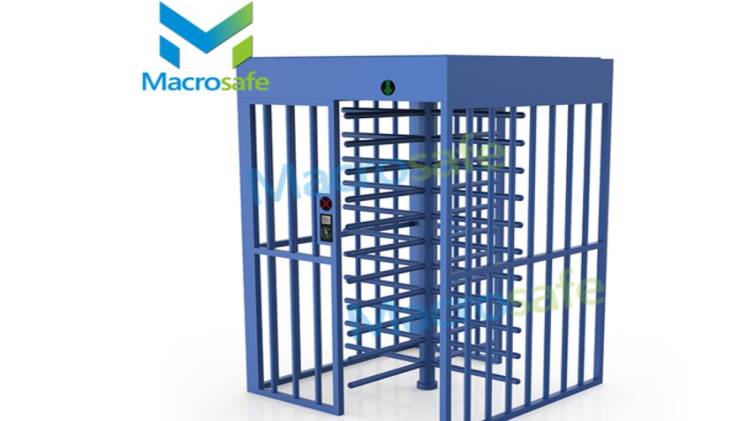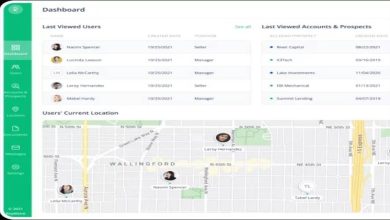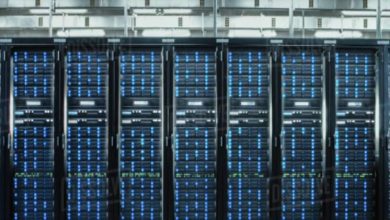Access Disorder? Here’s How to Regain Control

As we aim for more convenience in our workplaces and homes, we surrender some of our control and invite the possibility of chaos. Managing access control is a critical task that requires constant vigilance and adjustments. It’s essential to develop policies and procedures to ensure that access is granted or denied to the right person at the right time. This article explores how to regain access control by employing modern technology, including swing barriers.
Manage Access Credentials
Managing access credentials is essential to ensure that unauthorized persons do not gain access to restricted areas. Access credentials may include smart cards, biometric authentication, or login credentials. It is essential to restrict access credentials to authorized personnel and to implement secure credential storage protocols to prevent unauthorized access to critical systems. Regular audits of access credentials help identify and revoke the credentials of personnel who no longer require access to sensitive systems.
Establish Access Control Policies and Procedures
Access control policies and procedures provide guidelines for determining who has access to what resources and when. Establishing access control policies and procedures involves several steps, including defining access control requirements, designing policies and procedures, and implementing them. Access control policies and procedures must include provisions for managing access credentials, establishing user roles and permissions, and establishing rules governing requests for access, approvals, and audit trails.
Integrate Access Control Systems
Integrating access control systems is essential for managing access control across large and complex organizations. Integration systems allow different access control technologies to work together, enabling enterprise-level access control management across sites. Integration systems also extend the functionality or scope of systems. For example, access control swing barrier systems allow only authorized personnel to enter certain areas by monitoring and controlling access to a given space.
Implement Visitor Management Systems
Visitor management systems are an essential part of effective access control management. Visitor management systems provide a secure and efficient way to monitor and manage visitors to an organization. The systems collect visitor information and allow for easy tracking of visitor entry and exit to the building. The systems can also be integrated with access control systems to restrict access to particular areas, ensuring that visitors only have access to authorized areas.
Audit Access Control Systems
Auditing access control systems are essential to ensure that access control policies and procedures are working as intended. Regular auditing helps to identify security vulnerabilities and implements changes needed to enhance access control management. Regular audits ensure that access control systems are working efficiently and are updated to address new emerging threats.
Conclusion
Regaining control of access control management is critical to maintaining the security and safety of our workplaces and homes. Effective access control involves the management of access credentials, establishing access control policies and procedures, integrating access control systems, implementing visitor management systems, and auditing access control systems. Employing modern technologies such as turnstile gate or biometric authentication systems provide added security measures. With these measures in place, individuals and organizations can ensure that access is granted only to authorized personnel, and crucial data and facilities are protected from unauthorized access or security breaches.



